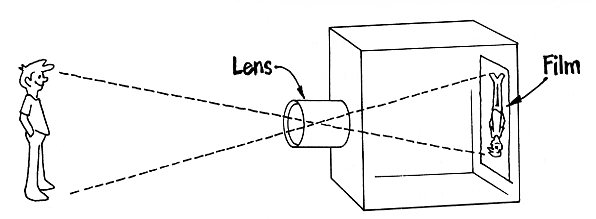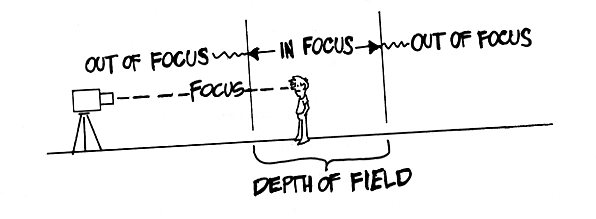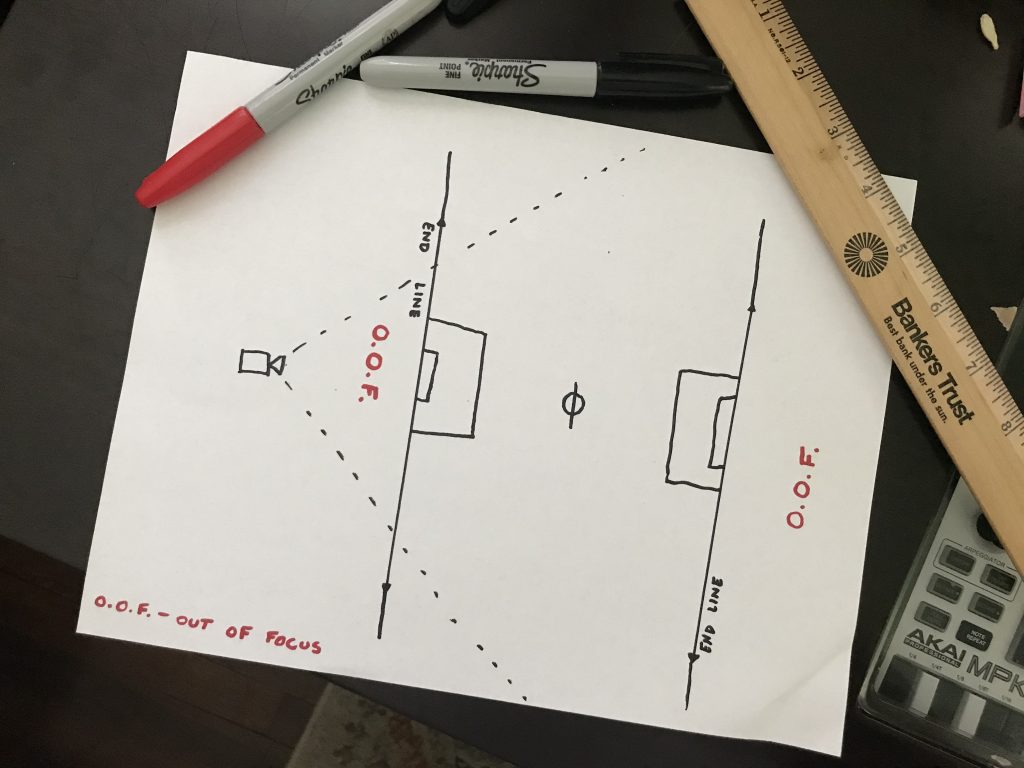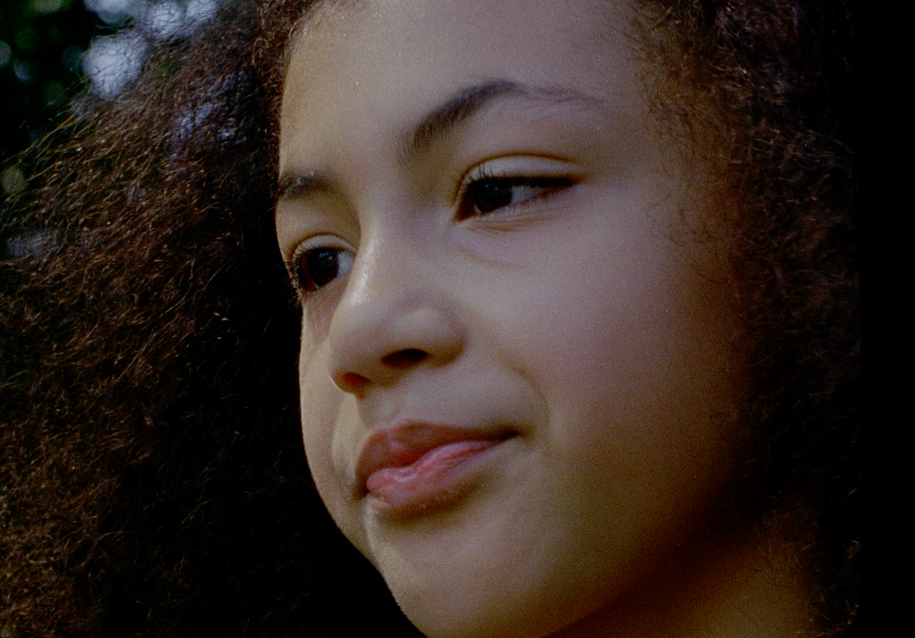Let’s get real for a second.
The two of the most annoying faults in shooting Super 8 footage are; erractic and unstable footage. Secondly, soft focus & poorly focused shots.
There is a third major pain-point in shooting Super 8 footage (improperly exposed film stock), but we’ll save that for another article.
In fact, we are going to focus on- focus. And we are going to do it at a basic level to ensure that you understand what is happening while you are filming your scenes.
The Camera Lens and It’s Function.
The camera lens is a reflective medium (Dean Collins, Dean Collins on Digital). That simply means that it records light reflected off of a subject. Without the presence of light this whole camera system would be pretty useless.
So, in order to help our cameras and lens function properly, we need light. The more light, the happier your system will be.
With the lens’ nature of being a reflective medium, it captures light within it’s convex shape onto a light sensitive material (film or digital sensors). That is all.

Understanding that a lens needs an adequate amount of light to perform its function properly is half the battle. The other half is understanding how a lens sees it’s subject.
Why Do I Need to Focus, When the Camera says it’s Auto-Focusing?
As you should know, the healthy human eye normally sees images in focus,– that is, sharp and clear, not blurry. This is because the lens of the human eye automatically brings each light ray to a sharp point on the light sensitive surface on the back of the eye.
The autofocusing camera, which attempts to emulate the human eye, doesn’t always work the way you want them to. When you have the time, it’s usually best to do the focusing yourself.
Without a concise understanding of how your camera model selects a point to focus on, you are shooting with a handicap. You must understand, that the camera is not like the rapid focusing human eye.
Eugene Batiste, Film Club America.
We have the luxury of intent and millions of connection to a complex brain to help us train from one point of focus to the next. Expecting your camera to see what your eye sees is folly. But you can train your brain to see and react to how a camera sees.
Once you train your brain, you can manipulate the camera to react to how you would want your eye to reach when it focuses on a subject. Although, it does require a sleight-of-hand and an elementary understanding of depth of field.
Focus Happens in DEPTH, Nothing More.
Now that we have an idea that the lens works much like the human eye- how do we apply this knowledge out in the field? It’s easier than you think. Yet, many cinematographers get it all messed and make there job harder than it has to be.
Three things control your depth of field, which is required to achieve sharp and clear focus. They are;
- Focal Length (mm)
- Aperture (in stops)
- Size of Light Sensitive Material (8mm, 16mm, 35mm etc.)
The simple saying of ‘the shorter the lens the large the depth of field’ applies to any lens manufactured on earth. But what is a depth of field?

Imagine that you are standing in front of a football (futbol) field, looking through a camera lens. Then perceive that the horizontal end lines run into infinity, and only the items on the field (in between the end lines) are in focus.

This is the field you are controlling. You can expand this field, or (what most poor shooter do) compress this field.
- Opening the iris compresses the field.
- Getting closer to the subject being photograph compresses the field.
- Using a larger focal length will also compress the field.
And most shooters do all three! When that happens they are playing football on a 9 inch (or 90 cm) field.

They have severely handicapped themselves, and not to mention, the amatuer will attempt movement with the camera in this compressed field. This is death by over-handling. Understand that shooting with a 13MM lens at f/4 with a subject 2 feet (.5 m) from the camera will give you a field of focus of 9 damn inches ( 120 cm)! That’s extremely difficult to operate as a cinematographer even for the hollywood elite. Don’t put yourself in that situation, unless you absolutely have too (if you do, use a tripod or may God help you.)
I Get It, How Do I Make My Images Prettier?
Well now you know, that selecting a focal length with intent is half the battle to crystal clear images. Now you can make a better judgement call with this information to give you a larger field of focus (depth of field).

The second half is; lighting the subject enough so that you can close the aperture to a suitable size.
And the bonus being; back off your subject.
Now I don’t expect you to memorize depth of field charts and measurements. That’s insane. Download an app. The two that I use are;
- Kodak Cinema Tools (iOS)
- Total DoF (iOS)
I do not know if those apps are on android, but I am sure there must be equivalents. And something is better than nothing in this case.
Now you have been equipped with the knowledge to control your depth of field. You know how the camera yearns for lights to keep things sharp and clear. Finally, you understand that using a combination of the wrong controls will severely handicap your filmming efforts.
All this is assuming you don’t have dirt or other obstructions on the surface of your lens, film or film-gate. Cheers.

